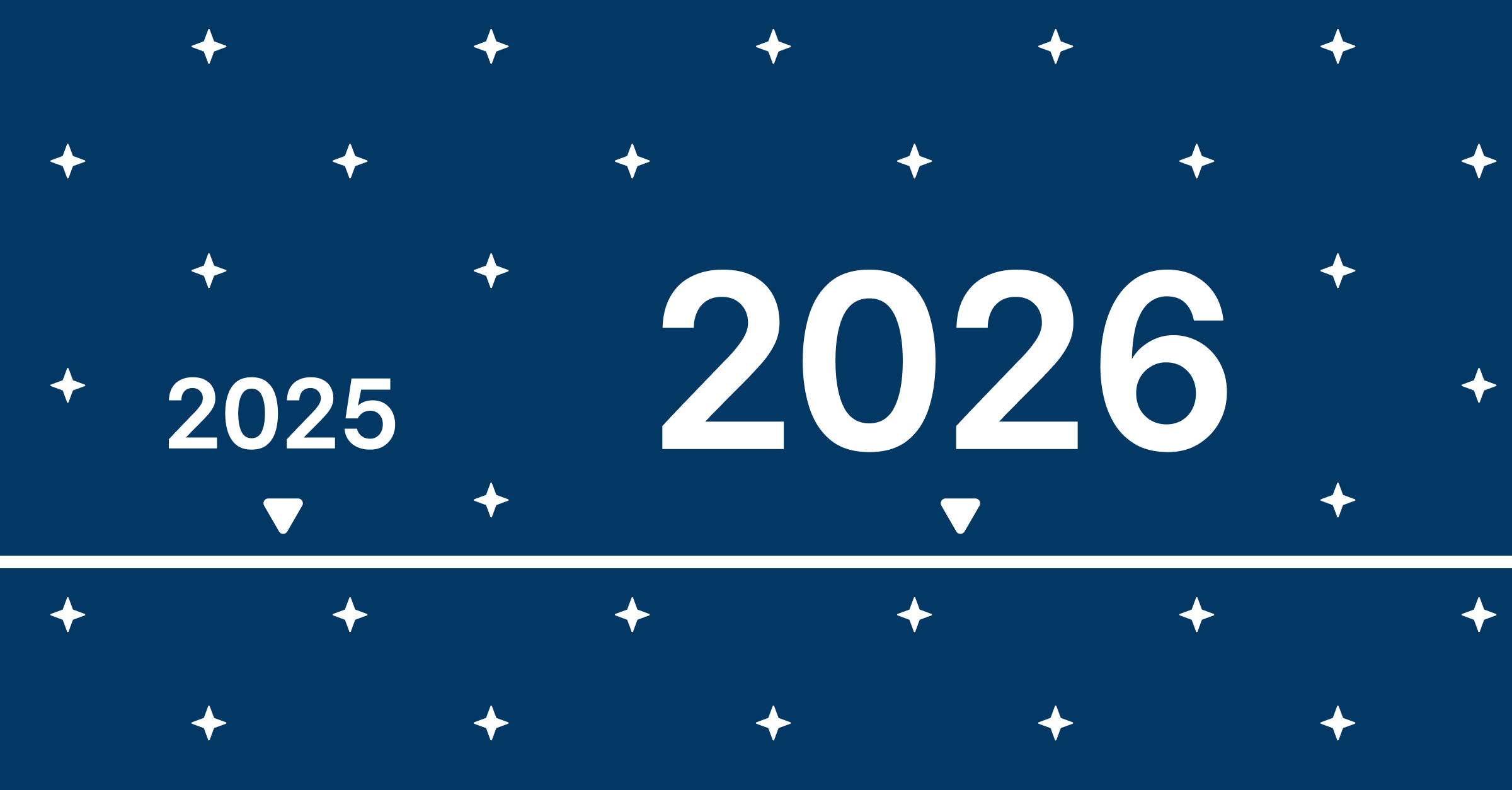10 essential steps for better online course design
Despite online education being the mainstream for over a year now, many instructors still lack the time and resources to transform their teaching from traditional approaches to more tech-assisted ones. As education enthusiasts, we don’t just want to make the tools available, but rather provide as much support and guidance to every teacher, instructional designer, and learning technologist. From our recent podcast with Professor Richard Powers, we gleaned 10 essential steps for better online course design which you can start checking off right away.
Before we begin however, there are some general prerequisites:
Know your course length - breadth and depth are dependent on how long your course is. An introductory week might be a good idea in a whole-semester program, but won’t make much sense in a four-week intensive course.
Know your course type - will this be fully or partially online, or are you going to see students solely face-to-face, with a few asynchronous homework assignments?
Know your students - what do you know about their academic background, demographics, levels and abilities? If you’re giving an intermediate course, have all your students come from the lower-level course or might they come from different disciplines?
So, the more you know the better! Now onto the 10 tips:

1. Choose your platform
Nearly all teachers are familiar with at least one LMS (learning management system), but it’s likely you’ll be using other programs to facilitate your online interactions, especially video conferencing software. Make sure you’re familiar with the essential functionalities you’ll be using, or at least know where to go for help.
Think about where students will access study materials and hand in assignments, but also which programs they might use to process feedback and enter into discussions with each other. More often than not, LMS’s lack one or more of these features, bringing the need for at least one other piece of software.
Do keep in mind however, the danger of using too many different programs and platforms is that students then become more involved with navigating inside and between programs rather than thinking about the course content itself.
2. Develop your course objectives
Many instructors are familiar with constructivism or backwards design, and for good reason - how do you know if students are performing well in a course if the goals aren’t clear? And how can students prepare for summative assessments and final assignments if they’re not sure what it is they’re being assessed on?
This tip comes near the top of the list because we want to highlight how essential it is to begin with course objectives, rather than end with them. This gives everyone the best chance to succeed in your course.
3. Develop your course structure
What is the major theme of each week going to be? According to Richard, “you can literally write down week 1, week 2, week 3, and think about what you’re going to cover.” Will the first week be exclusively focused on building the learning community or introducing the objectives and themes?
In a shorter course, you might need to do some introductory assignment or make material available before it begins - and of course, it helps to communicate this to students in a timely manner.
4. Develop weekly or unit objectives
From your course structure so far, derive what students are going to be apprehending per week. Think about what they’re doing and why they’re doing it. What kinds of activities are going to be associated with it?
Just like the importance of transparent course objectives, it makes things easier for you and the students when each part of the course is developed and presented in a way which is accessible for students - building the whole course up week by week and step by step
5. Alignment - choose your instructional materials
Will you be teaching from the textbook, leaning into the literature, or looking more at YouTube videos? “Spending some time figuring out what your course content is going to be, instead of writing it yourself” could save you time in the long run, especially if existing open resources already exist.
When it comes to curating - rather than creating - video content, you can check out Glen Wheatley’s tips in his inspirED conference session.
6. Draft your syllabus
“The syllabus is vital, because that's the contract between the teacher and the student.” Everything that the student needs to know to make a decision about whether or not to take that course should be present in this outline, Richard asserts. This syllabus can also be “something that they can use later in interviews“, giving an official reference point for course content and the skills and knowledge covered.
7. Align weekly learning activities
For each week, ask yourself what activities you are going to do. You probably have an idea of the sorts of sources and materials you'd like to use, but what's the best way for students to digest that information? Asynchronous content-based assignments that prepare for follow-up discussions are a popular format in many courses, but it's important to consider different student encounters with the material and possible hurdles to comprehension.
Supporting students offline during learning activities, as well as finding a way to monitor their performance and activity, are key components to effective learning activity setups.
8. Develop assessment and grading policy
“What are you going to get from the course? How many exercises do you have to pass? Is it more of a competency-based learning or are there 100 points in the course you need [to distribute] throughout the whole thing?" - Professor Powers
The final component of a constructively-aligned learning setup is assessment. A fair grading policy rewards students for meeting the presented objectives and completing the given activities, weighted to reflect the desired outcomes. Presenting clear evaluation criteria and a grading rubric are essential for a transparent learning process - these are also often invaluable reference points for students at any point during the course.
9. Draft discussion questions and scaffold any kind of writing assignments
Say you’re giving a course with a big writing assignment at the end of the semester, and there’s just one chance for students to hand it in. Rather than leave it as a standalone one-shot deliverable, think about how to build students up to it throughout the course. This gives everyone the best support to be able to understand their strengths and weaknesses before it’s too late. Many assignments can be broken down into smaller chunks, which can be visited and revisited at multiple stages over the course, and in differing amounts of depth.
Remember that assigning feedback moments between peers during and after discussions can encourage deeper shared understanding of topics.
10. Check for accessibility
At the very surface of accessibility is making sure resources and course content are available for everybody. If you know your online course may see students logging in from different parts of the world, or attending the course with different schedules and responsibilities, it's imperative to make sure, for instance, lectures are recorded and archived somewhere all students can reach them. Many LMS and much software contains different sorts of accessibility features, such as automatically generated captions in video conferencing software. Understanding and making the best use of this is a vital step towards building inclusive, accessible, and effective online courses.While different domains have different requirements from both teachers and students, these items can be taken into account for just about any discipline or setting. Going into the new semester, or starting out with a new program, every educator should think about how a clear, transparent course structure can maximise student engagement. After all, students who are engaged are students who perform at their best!
More resources on course design
Hope you enjoyed reading this article and find it helpful. We'd like to recommend further resources to help you design better courses:
- A step-by-step guide on "How to design an online university course"
- Our latest ebook – "Quality teaching and learning: Achieving the higher education we deserve" is your go-to guide for designing meaningful learning experiences in any course settings (online, hybrid, blended, or hyflex)
- FeedbackFruits' detailed, comprehensive guide to course design
















![[New] Competency-Based Assessment](https://no-cache.hubspot.com/cta/default/3782716/interactive-146849337207.png)










